
From native storytelling to underwater ROV exploration, this weekend’s Marine Protected Area celebration at Zuma has plenty to offer, writes guest blogger Melina Watts.
When ocean systems are allowed to function, the beauty of the sea generates life and vitality. Marine Protected Area are protected underwater parks and have become a powerful tool for healing the world’s oceans.
This Saturday, Heal the Bay is joining Los Angeles Marine Protected Area Collaborative for an “Honor the Ocean” event at Zuma Beach to celebrate these jewels off our local coastline.
Thanks to the hard work of many committed people, the state of California has established safe havens near Point Dume, Palos Verdes Peninsula and Catalina Island. Vulnerable species, pressured by overfishing and other human impacts, now have a chance to recover and breed.
Like terrestrial wildlife preserves, MPAs only succeed in protecting marine life if they are supported by the people who live, recreate and work in or near the MPA. We are reaching out to community members, tourists, surfers, fishers and students to celebrate these special places, our own “Yosemites of the Sea.”
The diverse members of the Collaborative bring unique expertise to the event. The day will begin with a Chumash blessing ceremony next to a tomol, a hand-constructed canoe, to connect to marine traditions that have existed for millennia. Midday storytelling by Tongva and Chumash elders will share the ecological and spiritual connection to the sea that flows through both Chumash and Tongva cultures.
Using recreation as a tool to connect guests to marine protection, Malibu Makos Surf Club will offer free surf lessons adjacent to the event. Los Angeles County Lifeguards will teach sidewalk CPR, and allow guests to check out the lifeguard longboards.
Given the driving need to preserve and restore marine biodiversity, Honor the Ocean offers a remarkable array of opportunities to learn on site about local marine life, including sea mammals, fish, algae, insects and birds.
Scientists and staff from the participating groups such as Heal the Bay, L.A. Waterkeeper, the Bay Foundation, California State Parks and the Cabrillo Marine Museum will offer natural history interpretation and talks. Via a beach walk, Linda Chilton from USC Sea Grant will teach citizen scientists how to use the iNaturalist app, which allows people to document and upload their discoveries in the wild. Heather Burdick will guide participants in a scavenger hunt.
Guests will have a unique chance to see state-of-the-art science in action. USC Sea Grant will bring a new underwater remotely operated vehicle. Attendees can see footage collected in Los Angeles County’s Marine Protected Areas. California Department of Fish and Wildlife will have a warden on site to explain MPA regulations, and offer free copies of the LA MPAs Fishing Guide.
Given that ocean health depends upon healthy watersheds, both the City of Malibu and Resource Conservation District of the Santa Monica Mountains will provide insights about how human activities on shore impact marine systems.
In northern Los Angeles County, local MPAs start at El Matador (just below County Line) and come all the way down to Paradise Cove. In this area there are two categories of MPAs: the Point Dume State Marine Reserve, and the Point Dume State Marine Conservation Area.
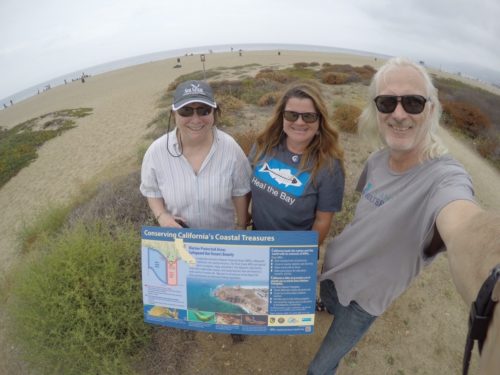
In the Point Dume reserve area, one of the most protective of MPA designations, all fishing and harvesting is prohibited. This area stretches from El Matador to Point Dume.
In the Point Dume conservation area, limited recreational and commercial fishing are allowed and fishing is regulated by the California Department of Fish and Wildlife. This area ranges from Point Dume to Paradise Cove.
Thinking globally, for the last three decades, countries around the world have created MPAs to protect marine environments and preserve biodiversity. Some 2.07% of the sea worldwide is now protected though some type of MPA.
If you plan to attend, please register for the event here. We hope you will join us in this celebration of marine life and First Nation culture!



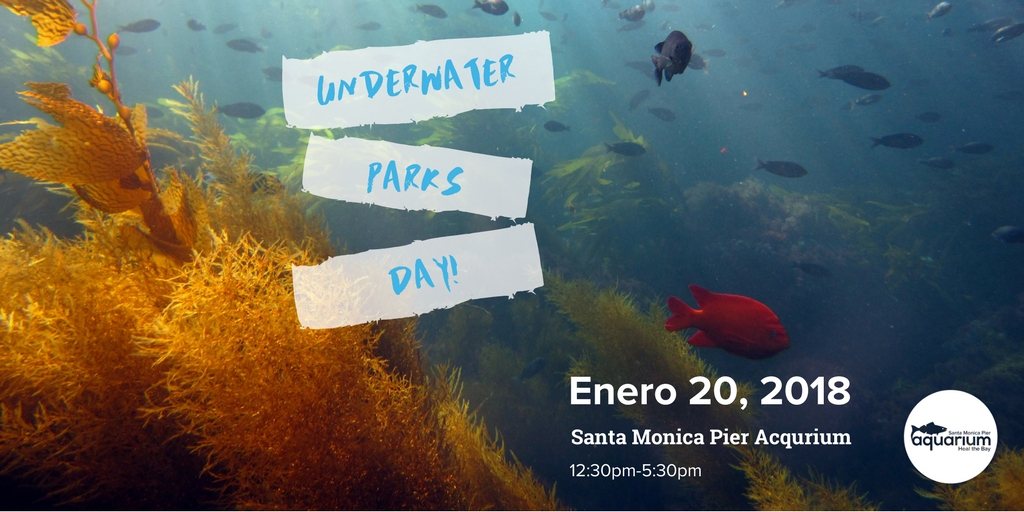
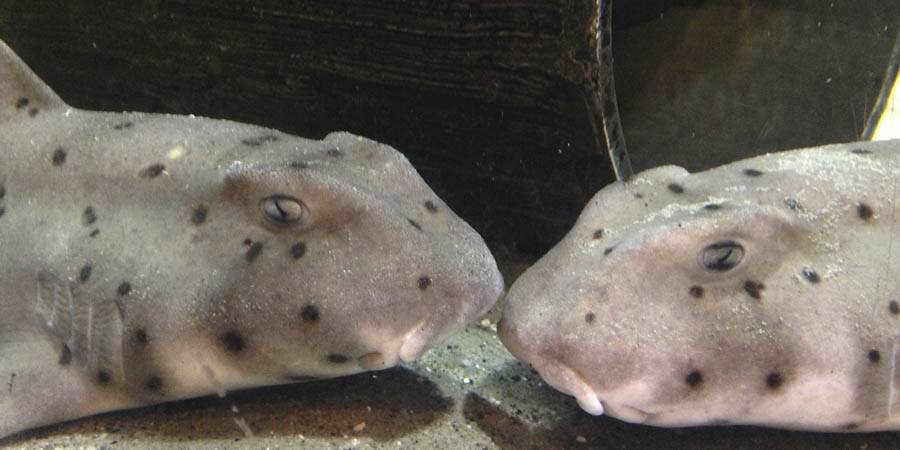
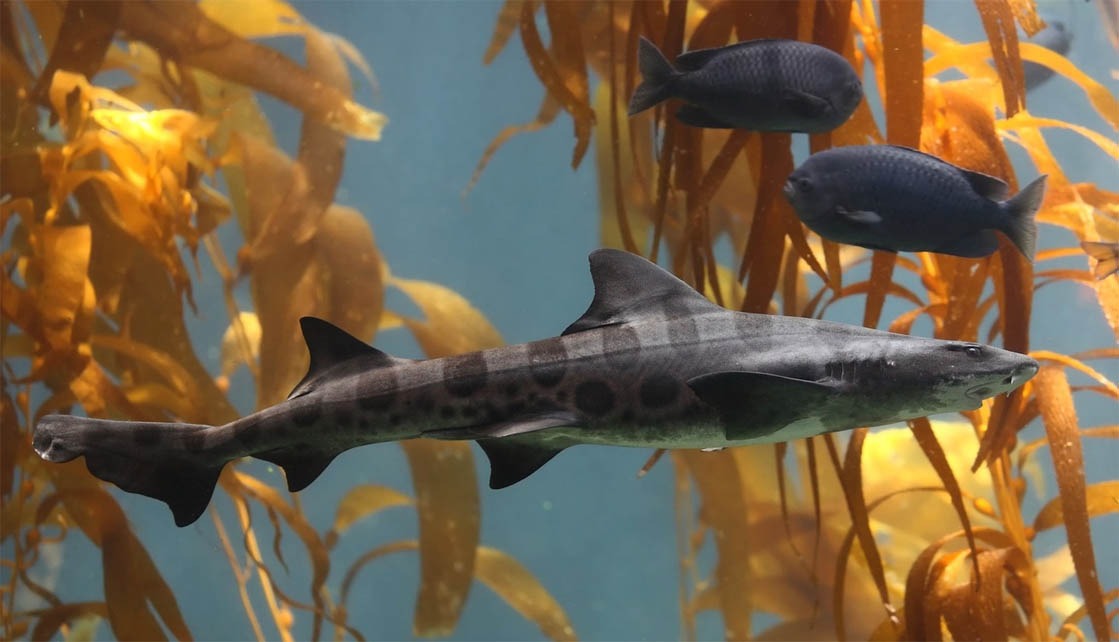
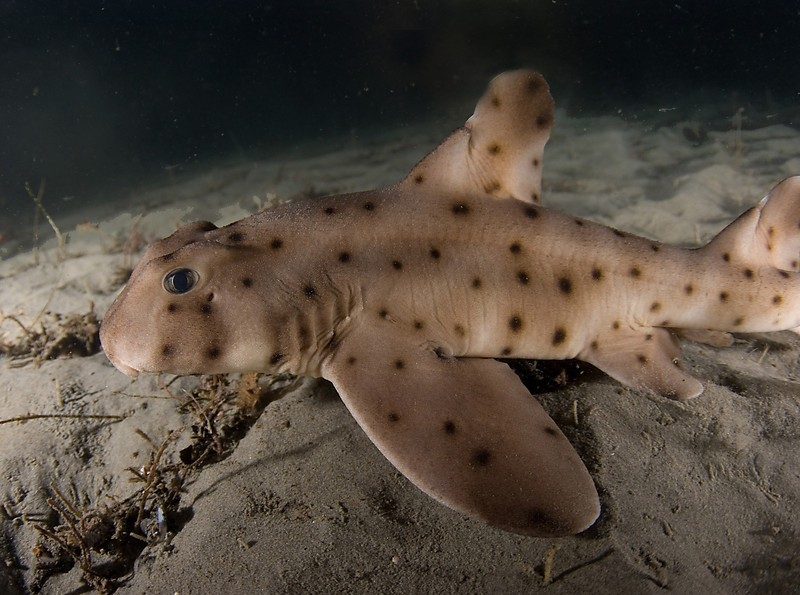

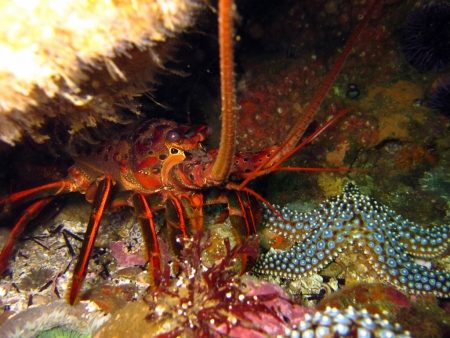
 The more upcoast tide pools near Paradise Cove are formed by tall rocks, making tide pooling possible even at mid-tide! In these northern pools you can see woolly sculpins, sand castle worm colonies, and turban snails. You might even get lucky and spot a beautiful chestnut cowrie, like the one pictured on the right. Remember to tread lightly on rocks to avoid stepping on marine life, be gentle when touching critters, and leave animals in their tide pool homes. Check the tides before you go and time your visit for a low tide. Please be careful and do not climb on the rocks – they are slippery and wet, so it is very easy to fall and hurt yourself.
The more upcoast tide pools near Paradise Cove are formed by tall rocks, making tide pooling possible even at mid-tide! In these northern pools you can see woolly sculpins, sand castle worm colonies, and turban snails. You might even get lucky and spot a beautiful chestnut cowrie, like the one pictured on the right. Remember to tread lightly on rocks to avoid stepping on marine life, be gentle when touching critters, and leave animals in their tide pool homes. Check the tides before you go and time your visit for a low tide. Please be careful and do not climb on the rocks – they are slippery and wet, so it is very easy to fall and hurt yourself.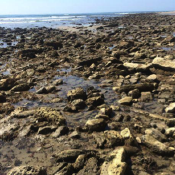 Heading south in Little Dume Cove, the pools are no longer formed by ridges of large rocks and are instead formed by many low rocks and small boulders. This area is very accessible and would be great for the whole family. Be sure to get there at the low tide, the rocks are easy to walk across and there is less chance of getting splashed by incoming waves. These pools have an abundance of life but please don’t take anything home! This is a State Marine Reserve so fishing/harvesting of all marine resources is prohibited. If you see anyone collecting from the tide pools during your trip to Little Dume Cove and the Point Dume State Marine Reserve, please call the California Department of Fish and Wildlife at 1-888-334-CALTIP.
Heading south in Little Dume Cove, the pools are no longer formed by ridges of large rocks and are instead formed by many low rocks and small boulders. This area is very accessible and would be great for the whole family. Be sure to get there at the low tide, the rocks are easy to walk across and there is less chance of getting splashed by incoming waves. These pools have an abundance of life but please don’t take anything home! This is a State Marine Reserve so fishing/harvesting of all marine resources is prohibited. If you see anyone collecting from the tide pools during your trip to Little Dume Cove and the Point Dume State Marine Reserve, please call the California Department of Fish and Wildlife at 1-888-334-CALTIP.


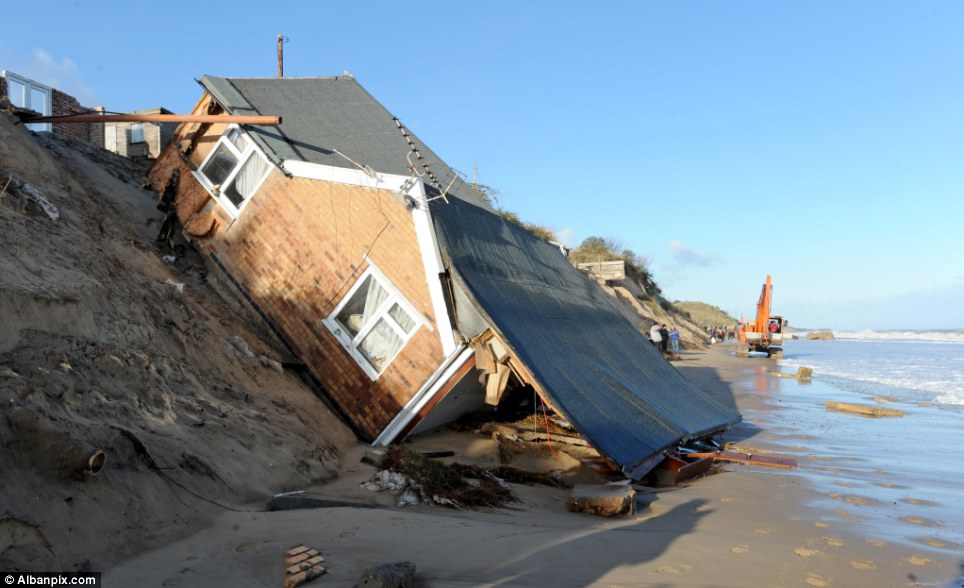 El Niño-caused sea level rise, coupled with sea levels rising from ice sheet melt associated with climate change, is projected to lead to more coastal flooding, shrinking beaches, and shoreline erosion. This year’s El Niño has western U.S. cities planning for coastal flooding. Higher sea levels, high tides and storm surges that force waves well past their usual reach pose very real threats. And when these forces coincide, such as during an El Niño,
El Niño-caused sea level rise, coupled with sea levels rising from ice sheet melt associated with climate change, is projected to lead to more coastal flooding, shrinking beaches, and shoreline erosion. This year’s El Niño has western U.S. cities planning for coastal flooding. Higher sea levels, high tides and storm surges that force waves well past their usual reach pose very real threats. And when these forces coincide, such as during an El Niño, 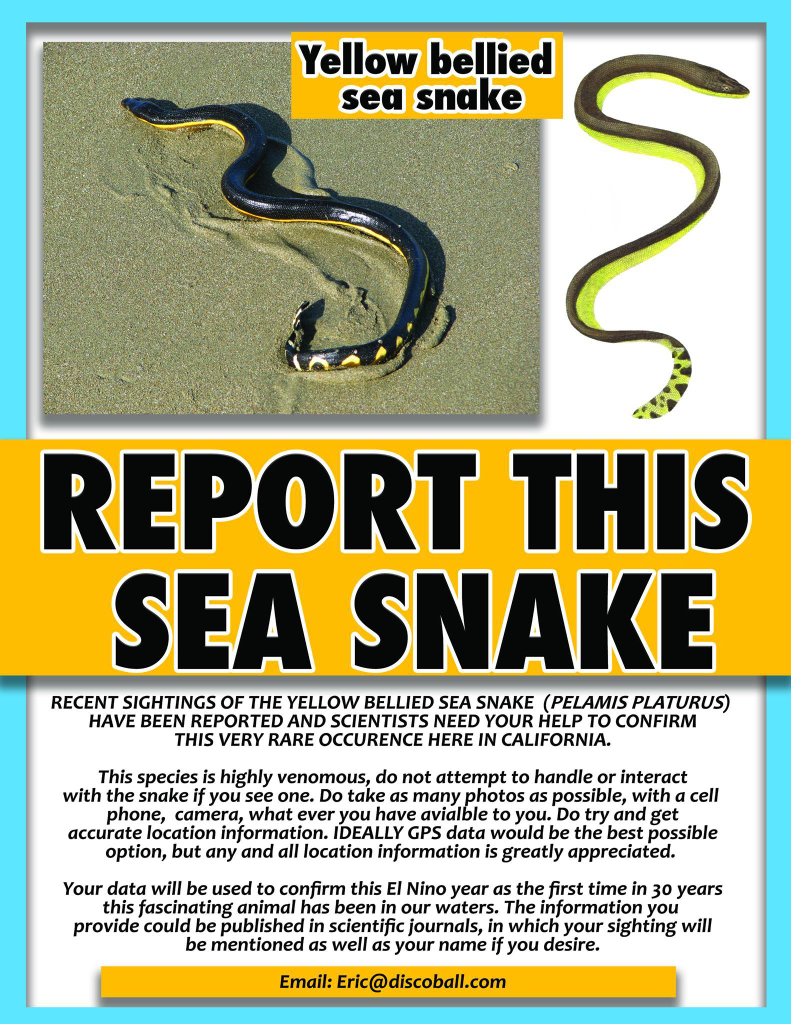
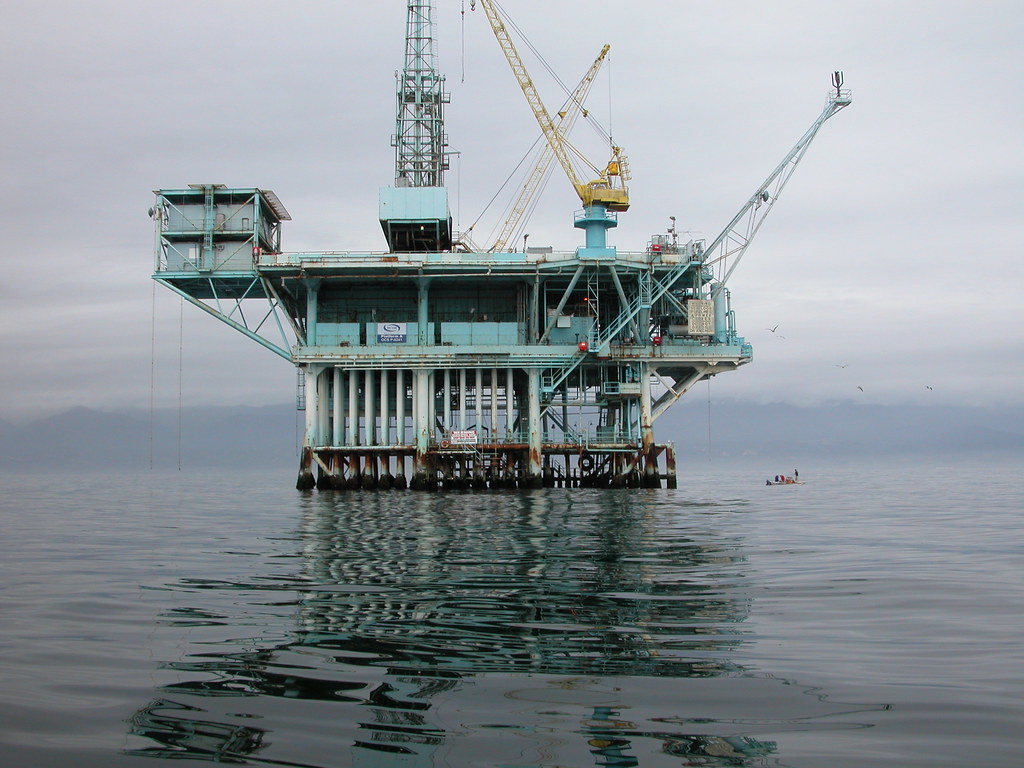 Oil Spill Response SB 414 (Senator Jackson) helps make oil spill response faster, more effective, and more environmentally friendly by creating a program for fishing vessels to voluntarily join in oil spill response and place a temporary moratorium on the use of dispersants within state waters. Catalyzed by the devastating Plains All American oil spill in Santa Barbara earlier this year,
Oil Spill Response SB 414 (Senator Jackson) helps make oil spill response faster, more effective, and more environmentally friendly by creating a program for fishing vessels to voluntarily join in oil spill response and place a temporary moratorium on the use of dispersants within state waters. Catalyzed by the devastating Plains All American oil spill in Santa Barbara earlier this year, 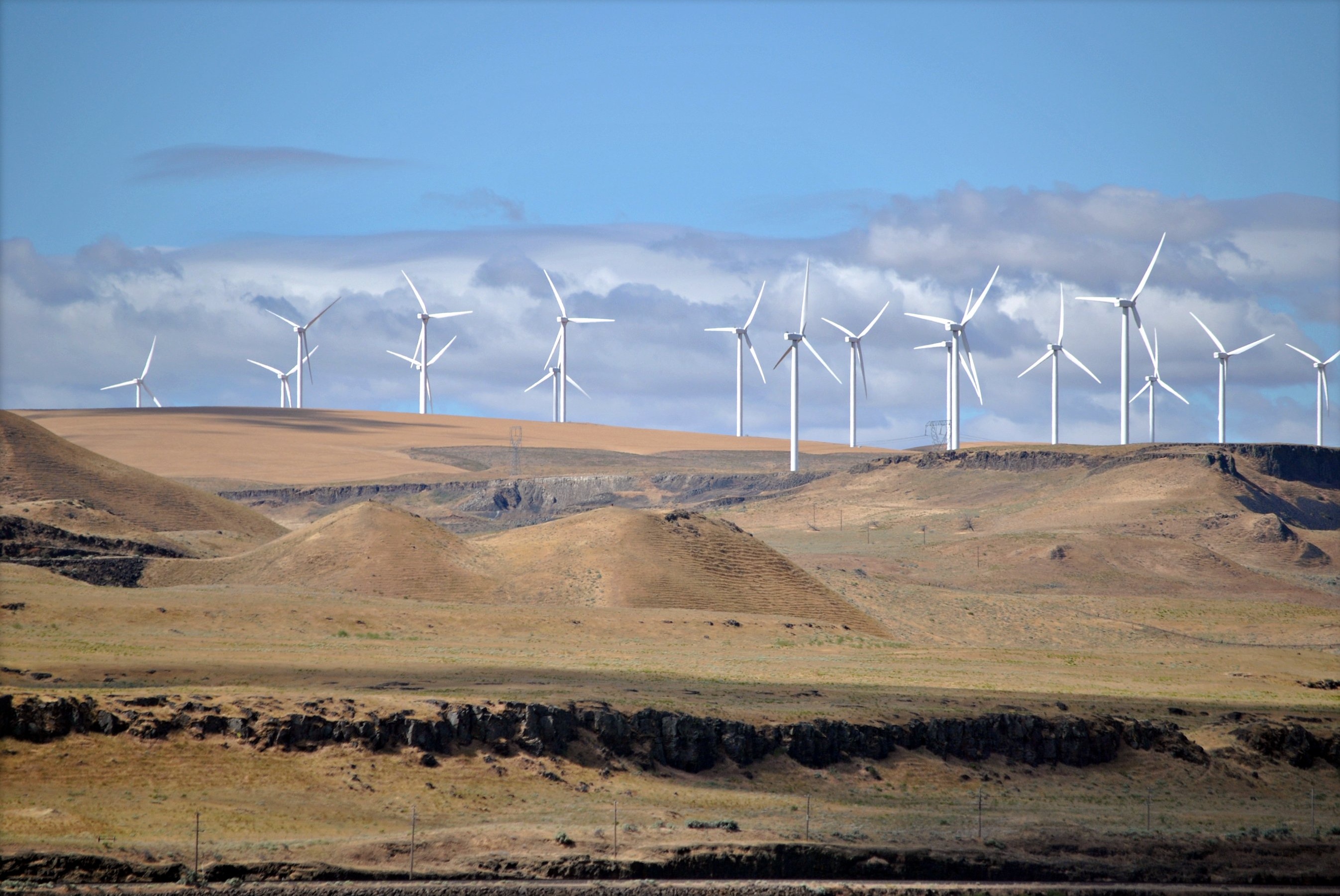 Mandated Renewable Energy SB 350 (Senator De Leon)
Mandated Renewable Energy SB 350 (Senator De Leon) 